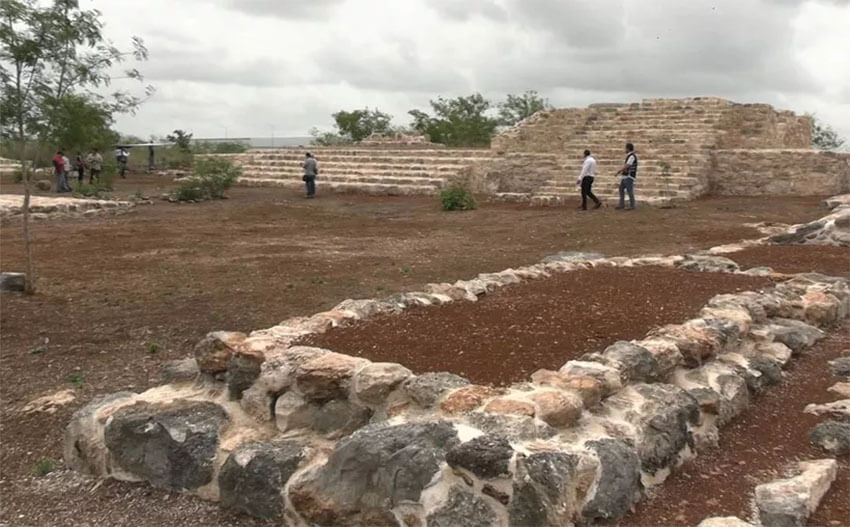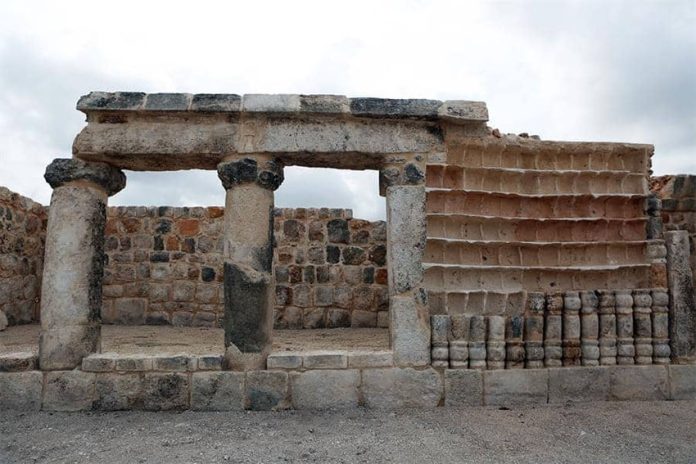Palaces and houses are among the 12 structures that have been restored in the restoration of an ancient Mayan city rediscovered near Mérida, Yucatán, in 2015.
Archaeologists with the National Institute of Anthropology and History (INAH) have been working at the Xiol archaeological site in the municipality of Kanasín for the past eight months.
The city, whose name means “Spirit of Man” in Mayan, is believed to have been built between A.D. 600 and 900. It was rediscovered during construction work at an industrial site.
Palaces, modest dwellings and workshops have now been uncovered and restored. In addition to the buildings, some of which were found in relatively good condition despite their age, the site also has a large public square, which would have been used for ceremonial purposes.

INAH archaeologist Carlos Peraza said that some of the structures were built in the Puuc architectural style, which is commonly found in the south of Yucatán but not in the north where Xiol is located. Uxmal and Chichén Itzá are among other sites with Puuc architecture.
“We’ve found at least five buildings of this nature [at Xiol],” Peraza told the newspaper Milenio during a media tour of the site on Thursday.
He said in a separate interview with UNO TV that Xiol was built around the same time as Uxmal and Chichén Itzá and the three sites “share a lot of decorative elements.”
About 4,000 people are estimated to have lived in Xiol, which is located about 20 kilometers southeast of central Mérida.

“[It was] a large city, people of different social classes lived here, such as priests [and] scribes who lived in these large palaces, but also common people who lived in small constructions” made of stone, Peraza said.
INAH archaeologists have also found tools used to build the city, artifacts such as ceramic pots and ancient graves. “We’ve found about 15 graves, many of them are of adults, both men and women, although we’ve also found those of children,” Peraza said.
Archaeologists believe they could uncover yet more structures at the site as well as a ball court, which are commonly part of pre-Hispanic cities in Mexico.
According to the head of INAH in Yucatán, Xiol could open to the public for free guided tours at the end of the year.

José Arturo Chab Cárdenas noted that the site was slated to be part of an industrial park but the developer ceded the land to INAH and even funded excavation and restoration work.
“This site shows us that private infrastructure projects are not an obstacle … to conserving our cultural heritage,” he said. “This archaeological site will be a bonus for this industrial project.”
With reports from Milenio, Novedades Yucatán, UNO TV and Diario de Yucatán
